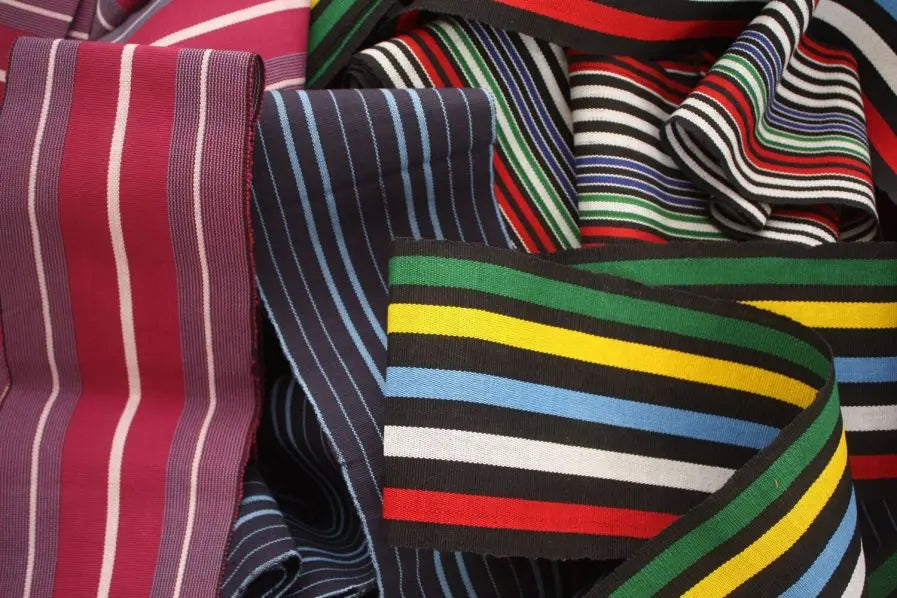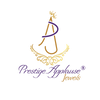
Jul 06 , 2024
Aso Oke: The Heritage Fabric of the Yoruba People
Aso Oke, often referred to as the ceremonial cloth of the Yoruba people, is much more than a textile. It's a vibrant tapestry woven with threads of history, culture, and identity. This traditional handwoven fabric, primarily made by the Yoruba people of southwestern Nigeria, has a rich heritage that dates back centuries. Let's delve into the fascinating history and enduring significance of Aso Oke.
The Origins of Aso Oke
Aso Oke, derived from the Yoruba words "Aso" (cloth) and "Oke" (top or highland), literally means "top cloth" or "cloth from the highlands." Its origin can be traced to the 15th century in Yorubaland, particularly in areas like Iseyin, Oyo, and Ede. These regions became renowned for their skilled weavers and intricate designs.
The introduction of weaving techniques and patterns in these areas was influenced by early trans-Saharan trade routes. The Yoruba people adopted and adapted these techniques, blending them with their indigenous methods to create the unique and elaborate designs we see today.
Traditional Weaving Techniques
Aso Oke is traditionally woven using narrow strip loom weaving. This technique involves weaving long, narrow strips of fabric which are later sewn together to create larger pieces. The looms used, called "Aso Oke looms," are usually made from local materials such as wood and bamboo.
There are three main types of Aso Oke, each distinguished by its texture, color, and pattern:
- Etu: This type features dark blue and white stripes, resembling a guinea fowl's plumage.
- Sanyan: Made from beige silk and cotton threads, it has a subtle sheen and is considered one of the finest varieties.
- Alaari: Known for its rich red color, this type is woven from synthetic or imported silk.
Cultural Significance
Aso Oke holds immense cultural importance among the Yoruba people. It is not merely a piece of fabric but a symbol of status, tradition, and communal identity. It is prominently featured in various ceremonies and rites of passage, such as weddings, funerals, and chieftaincy titles.
Weddings
In Yoruba weddings, Aso Oke is often worn by the bride and groom. The bride's attire, called "Iro and Buba" (a wrap skirt and blouse), is typically made from intricately designed Aso Oke, while the groom wears an "Agbada" (a flowing robe) made from the same fabric. These garments are not only beautiful but also signify the couple's respect for their heritage.
Chieftaincy and Festivals
During chieftaincy ceremonies and festivals, Yoruba chiefs and traditional rulers don Aso Oke to showcase their status and adherence to cultural values. The fabric’s elaborate patterns and vibrant colors make it a fitting choice for such prestigious occasions.
Modern Adaptations
While Aso Oke remains deeply rooted in tradition, it has also evolved to meet contemporary fashion demands. Modern designers have incorporated Aso Oke into various fashion items such as handbags, shoes, and even Western-style clothing. This fusion of old and new has brought Aso Oke to a global audience, allowing people from different cultures to appreciate its beauty and craftsmanship.
Moreover, cultural organizations and fashion houses are making efforts to preserve and promote Aso Oke. Workshops and exhibitions are held to educate younger generations about the art of Aso Oke weaving, ensuring that this precious cultural heritage is not lost.
Conclusion
Aso Oke is more than just a fabric; it is a living testament to the Yoruba people's rich cultural heritage and artistic ingenuity. From its origins in the highlands of Yorubaland to its place in contemporary fashion, Aso Oke continues to be a symbol of identity, tradition, and resilience. By appreciating and preserving this remarkable textile, we honor the history and culture of the Yoruba people and ensure that their legacy endures for future generations.
Whether worn during grand celebrations or adapted into modern fashion, Aso Oke remains a cherished and iconic fabric, weaving together the past, present, and future of the Yoruba people.



